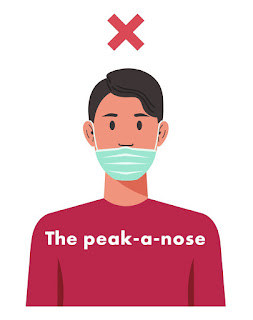Door repair and install in Melbourne
At Adam's Handy Hands we take pride in every door, whether it be a small doggie door or a front door.
There are a few thing you need to know about doors before you start repairing them.
- How should a door work perfectly
- Roughly how old is the house/door
Once you know this you can begin to work out where the problem is. If it's hitting on the floor then you can either plane off a little from the bottom or you may be able to adjust the hinges. You can make the hinge(s) sit deeper in the frame.
If you need to plane the bottom of the door you will need to take it off the hinges. Some hinges have removable pins and some you need to remove the screws. I use an air shim to hold the door still and level to make it easier to get the hinges off.
Once the hinges are off you can lay the door down on a sheet or towel to protect it from scratches. You can now plane a little of the bottom of the door (take it easy and remove a little at a time), make sure you have a spare piece of timber at the end of the door where the plane finishes so you don't end up pulling chunks off the end.
Once you have enough planed off the end of the door you can reinstall it. You may need another person to help stable the door. I use an air shim to help level the door and push the top of the door in towards the frame.
Once it is back in place, make sure it is all working perfectly and the latch is still latching like it should be.
If the door latch isn't latching or is hard to latch there is a couple of reasons it may not be latching.
- If the house has shifted the latch may be hitting the striker plate a little low.
- Or if the door has bowed a little the latch may need to be pulled out a little.
To fix this problem you need to determine which way the latch need to go to allow the door to latch properly. You start by removing the striker plate and with a chisel you chisel out a little of the hole (whether it needs to be longer or wider).
Before reinstalling the striker plate you should check that the latch is working and hitting the hole in the middle. You can now reinstall the striker plate, you may need longer screws if you have removed a little to much of the frame.
Once the striker plate is back in place you should check that the door closes properly and perfectly. If it closes easily and the latch works perfectly then it is done.
Door and handle install.
A door install can be a simple process if you know what problems you can run into.
- It is an old house and the frame is smaller then the new standards
- The type of door handle to use
- Which side the door handle goes on
- Is it an internal or external door
Once you know these you can start to install your door.
If you have an existing door there you need to remove that first. Remove the screws from the hinges on the frame, then align it beside you new door (face to face) and mark where the hinges and latch are to line up with the new door. This will save a lot of time when installing the door.
You will need a hole saw with a 52mm and a 25mm size. Using the 52mm hole saw start drilling from one side of the door until the pilot drill bit goes all the way through. Then start from the other side, this prevents the timber around the hole from splitting as you break through the other side.
I use a door handle install kit, it makes it easier to align up the holes for the handle and latch.
Next take the 25mm hole saw and drill in from the edge of the door lined up with the centre of the hole you just drilled. Once these holes are drilled you should test fit the handle to make sure it fits perfectly.
For your hinges you need to chisel or router out just enough to recess the hinge so it sits just below the edge of the door. Have your hinge close at hand so you can test fit it to make sure you take out the right amount of timber.
Once you have all the door handle and hinges cut you can install them and get ready to install your door.
First, align your hinges with the door frame and I use an air shim to raise the door enough so the hinges line up with where the old hinges cam out of. You can use a screwdriver to raise the door or have someone else assist to hold the door steady.
You can now screw the hinge screws in to secure the door to the frame and check that the latch is in the correct position and latches correctly.
For a quality door install call Adam's Handy Hands
PH: 0419 393 179
Email: adam@adamshandyhands.com.au
FB: www.facebook.com/adamshandyhands








































